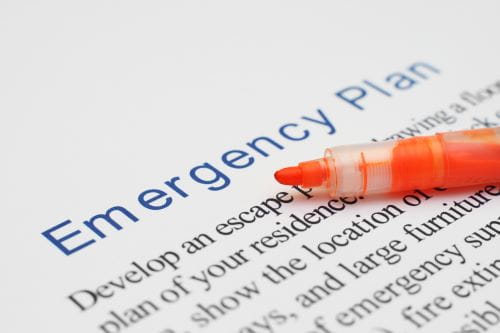Having a school safety program in place is not only a state or local requirement, but also an essential component of protecting your student body, your staff, your reputation, and your assets. A comprehensive school safety program covers a variety of topics, including a school safety policy, an emergency response plan, a crisis communication plan, program maintenance, and testing and training.
In order for schools to maintain a safe and secure environment for the school’s extended family, each of these components is integral to maintaining a safe and secure environment. Such a program ensures that all areas of school safety and security are covered, enabling administrators and staff to respond quickly and effectively to any situation that may arise.
In this article, we will examine the aspects of a comprehensive school security and safety program, and discuss how it can help to protect and enhance the safety and well-being of everyone in a school community through its implementation. Creating a policy may not be the most enjoyable part of a job, but well-planned policies form the foundation of a program, as they provide the first point of entry.
By reviewing and signing a forward-looking safety policy statement, school leadership and/or your board of directors demonstrate commitment to the school’s safety and security. Your policy will help cultivate and support a culture of preparedness.
While crafting a policy statement, it is critical to take the time to think through long-term safety goals, such as prevention, decreasing recovery time, and reducing lost time due to incidents and injuries, as well as creating an accident-free workplace. Your safety and security policy will define the relevant response plans and additional policies and it will define your commitment to training and maintaining your program.
It is relevant to note that no single solution will meet every school’s needs. Therefore, the structure of your policy and the resulting program needs to be tailored to meet specific school requirements. Your policy is the glue that binds your overall program. It must clearly define your purpose, outline the framework and detail the plans, procedures and additional policies used to build your safety and security program.
We often see policies that contain too much detail about the protocols and action steps that should be included in the program plans. The purpose of the policy is to tell you “what to do” not define “how to do it.”
Your policy will specify the scope of the program, the responsibilities of the individuals involved, and the roles of the teams that will be involved in the program. It will also define the available resources that make up the elements of the safety and security program. These elements will guide the actions and behavior of your staff and students. Listed below are a number of policies that should be part of a comprehensive program. Not all these policies may be necessary at your school; some may be statements in your employee handbook. Structure and nature will vary depending on the size and nature of your environment, but each of these concepts should be part of your overall program.
- Anti-harassment
- Child protection policy
- Medication policy
- Workplace bullying
- Student transportation
- Lone working
- Emotional health/stress
After the policy has been defined, you will be able to move forward with the construction of the plans that will be required to implement the program once it has been defined.
Over the course of our careers, we have learned that the crisis that occupies our attention isn’t always the initial event. It is the management of the results of the decisions made in response to the initial event that captures our attention. This is generally due to the fact that plans are not in place and the response protocols, if they exist, are not tested.
It takes more than an evacuation plan to ensure safety and security. Responding to a fire alarm, preparing for school closures, or sheltering due to a tornado alert are critical parts of an emergency response plan. However, your preparedness planning has to be much broader. A comprehensive program needs to include items such as crisis management plans, crisis communication guidelines, decision support guidance, and active assault response and awareness.
A comprehensive program includes plans that define roles and responsibilities, provide guidance on how to prepare for emergencies, and help mitigate risks associated with adverse events. In order to ensure the most effective possible outcome in the event of an emergency, procedures must provide detailed instructions on how to execute emergency response plans.
Effective plans should include a system of checks and balances, clear instructions, and protocols. A clear line of communication between all levels of personnel involved in responding is essential. This is in addition to regular reviews and updates, which consider technological developments or trends in violence or threats.
Again, the size and complexity of these plans will vary from school to school, depending on size, students’ age, and location but the concepts cannot be missed.
Let’s look at an example.
The opinions expressed in Montessori Life are those of the authors and do not necessarily represent the position of AMS.


